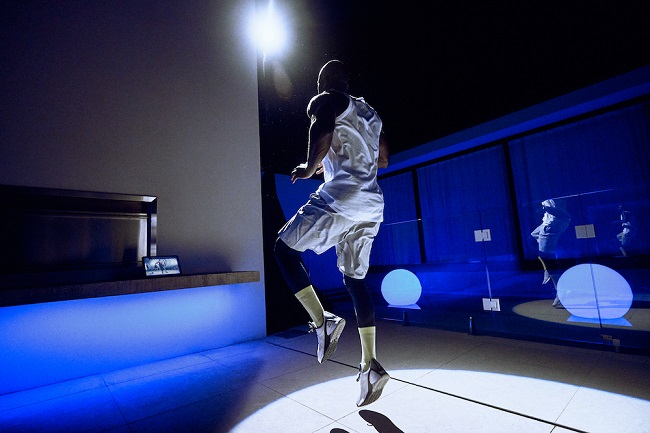Les Mills Recommends Gyms To Go Digital

Les Mills CEO: “Clubs are reporting good numbers on the return of members. The challenges they are seeing is how to engage members.”
A creator of fitness instruction videos and classes since the 1980s, New Zealand-based Les Mills has long had one foot in gyms and another in the digital realm.
The company’s trademarked workouts are engineered at its dozen of homeland clubs and taught at 21,000 gyms worldwide. Les Mills provides the routines, format and music. Among the company’s trademarked offerings are classes in cycling, yoga, abdominal development, cardio and strength training. All the clubs need to provide is the space and instructor (and they can pick from the 140,000 trainers certified by Les Mills). In recent years, gyms could even skip out on those; Les Mills streams content to the buildings. In 2018, it introduced Les Mills On Demand, a subscription service of digital classes for individuals.
So Les Mills was in an interesting position when the COVID-19 pandemic shut down gyms and fitness studios around the globe and caused an influx of subscribers to digital fitness subscriptions.
The company did not see the situation as an either/or: real spaces that need to be preserved vs. digital spaces that are the future. They sought a “hybrid model,” said Sean Turner, CEO of Les Mills US, and are hoping to use that approach to help gyms regain their footing as the pandemic subsides in much of the world.
Subscriptions to Les Mills On Demand “accelerated during the pandemic,” said Turner, “but we were looking more at what we were doing in the club space, to evolve an original product and help [gym members] stay engaged until they could get back to the club.”
To this end, they created Content, a stream of fitness videos that gyms with a relationship with Les Mills could add to the digital subscription packages that many were hectically cobbling together during the initial lockdown. Les Mills-made content could be added to these packages, and 65 gym businesses took them up on the offer. They were able to provide professional-level content without worrying about music licensing or other issues new to them, said Turner.
Some early polls of one-time members indicated about 50 percent did not plan to return to public fitness spaces after the risk of COVID-19 transmission diminished. But the companies that track cash transactions are seeing more of them occurring in gyms, growing from a near total stoppage last spring and a trickle last summer to numbers close to the days before the pandemic.
“Clubs are reporting good numbers on the return of members,” said the Les Mills CEO. “The challenges they are seeing is how to engage members, how to ensure they keep coming back.”
He recommends that gyms, if they have not already, create a digital component to membership and if they have, keep building on it.
“I think the shift will be in consumer expectations,” said Turner. “They will be looking for that bonus. After seeing so much consumer content, with better instruction and better quality, they will seek a blend from their clubs.”
This not an entirely undiscovered country, Turner notes. Home exercise videotapes were popularized in the 1980s, at the same time late-night infomercials hawked home fitness solutions. Gyms went through a renaissance at the same time. But now, consumers will expect both their workout space and their home fitness instruction from the same brand and with the same monthly subscription fee.
The Les Mills boss warns that businesses in the fitness space don’t have the luxury of hoping for a return to life as it was before the pandemic.
“Any time there is a drastic shift, it is consumer-lead,” he added. “We saw that in retail. This type of digital disruption happens. It’s not a shock to us. There has been a major shift to how people exercise and that means a major shift for us.”
Nick Keppler is a freelance journalist, writer and editor. He enjoys writing the difficult stories, the ones that make him pore over studies, talk about subjects that make people uncomfortable, and explain concepts that have taken years to develop. Nick has written extensively about psychology, healthcare, and public policy for national publications and for those locally- based in Pittsburgh. In addition to Athletech News, Nick has written for The Washington Post, The Daily Beast, Vice, Slate, Reuters, CityLab, Men’s Health, The Gizmodo Media Group, The Financial Times, Mental Floss, The Village Voice and AlterNet. His journalistic heroes include Jon Ronson, Jon Krakauer and Norah Vincent.



